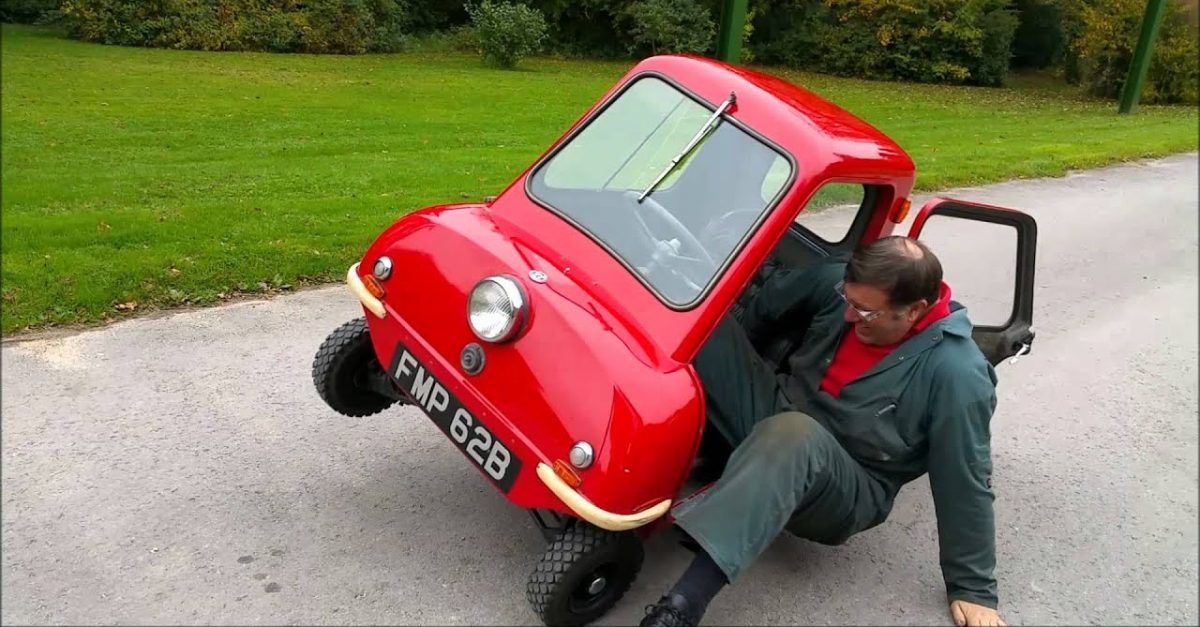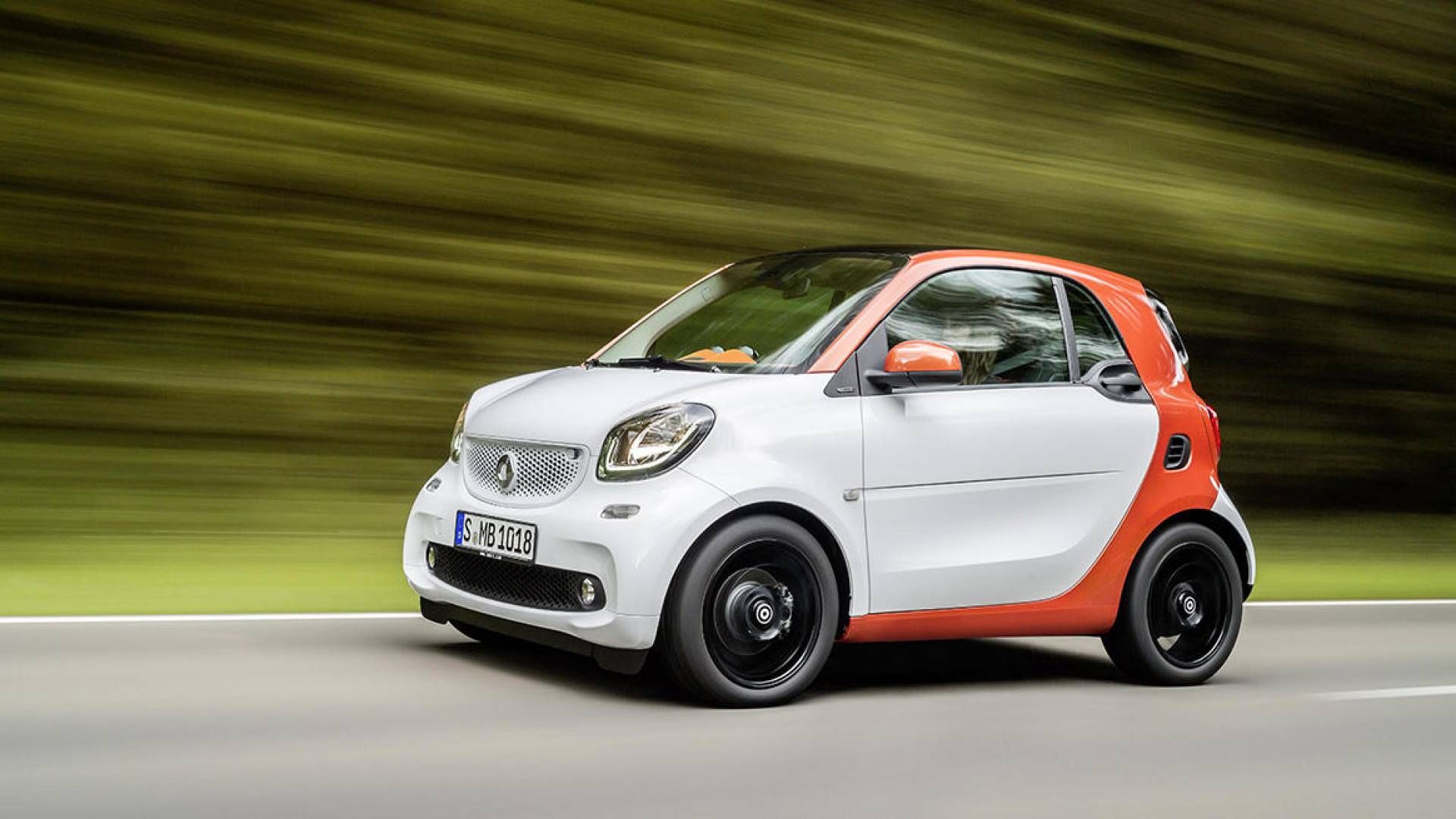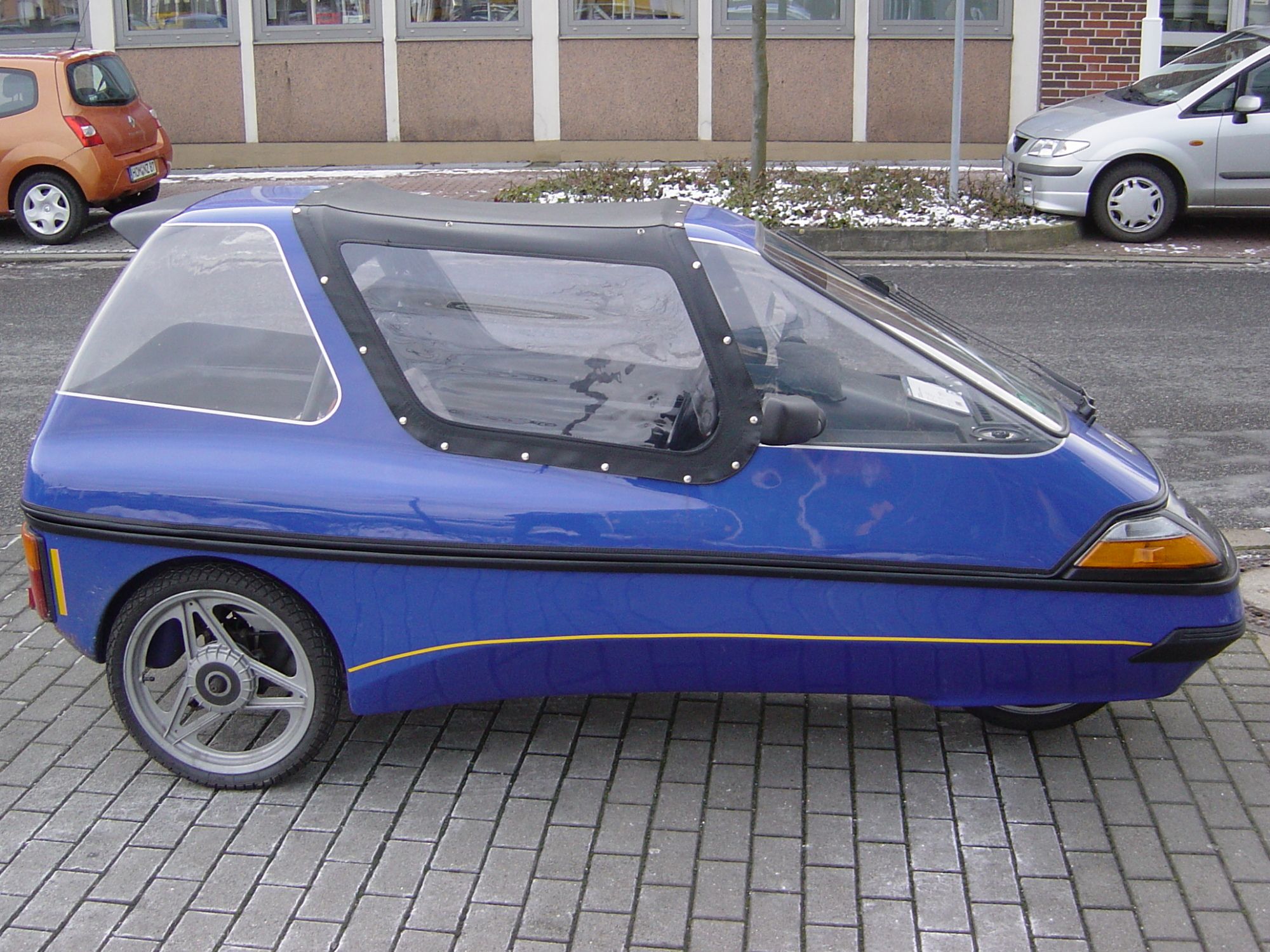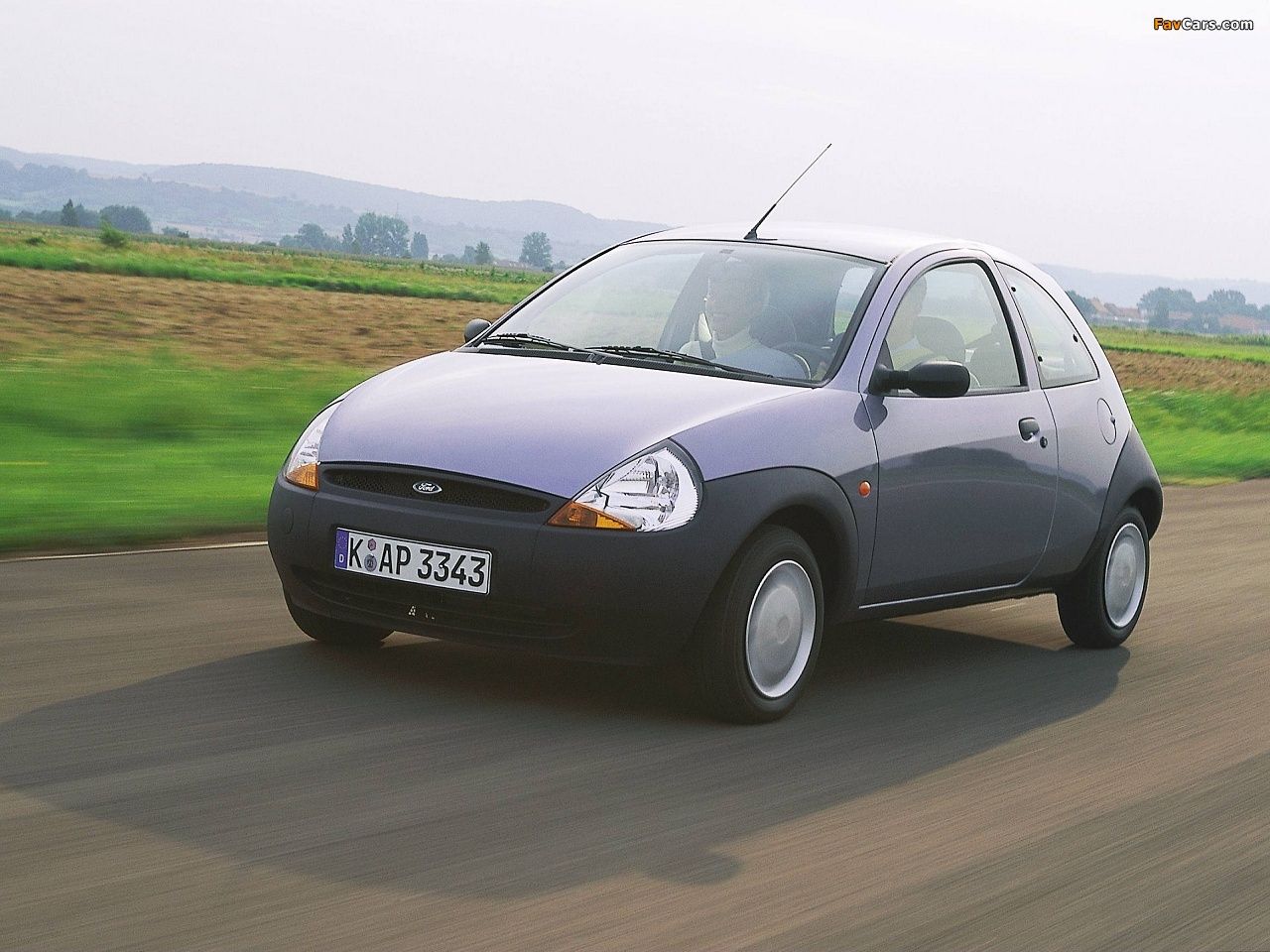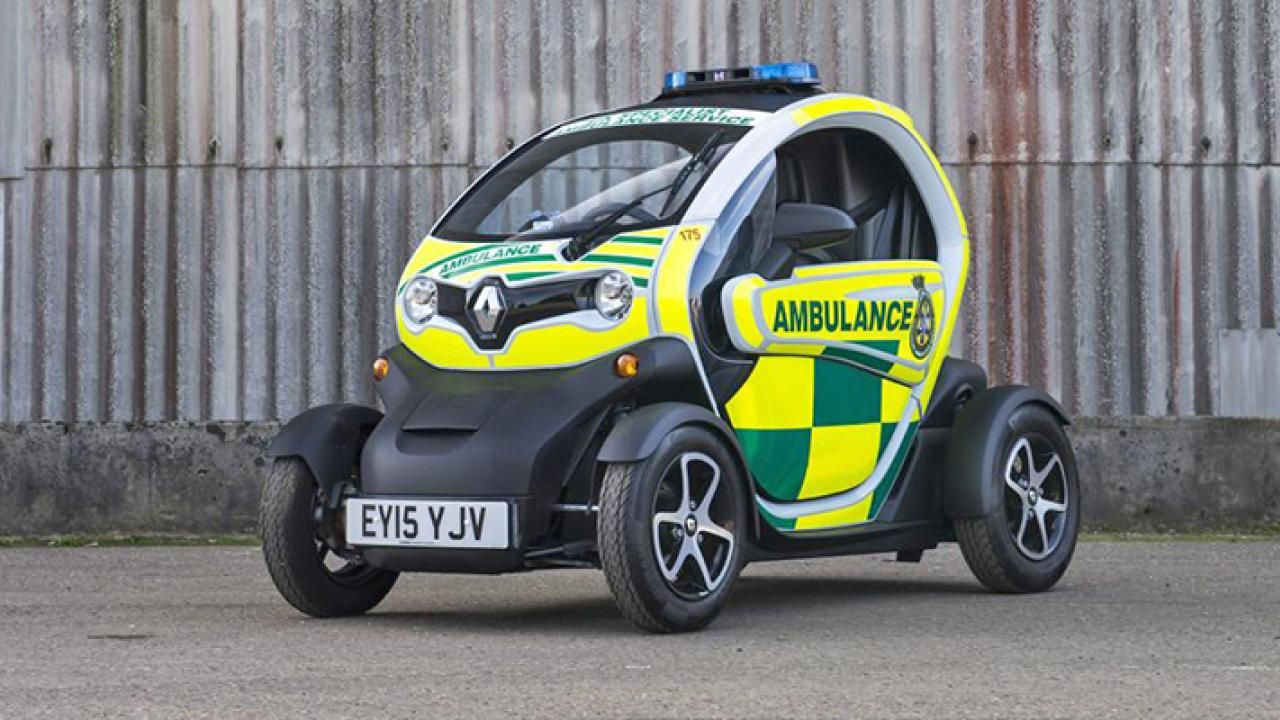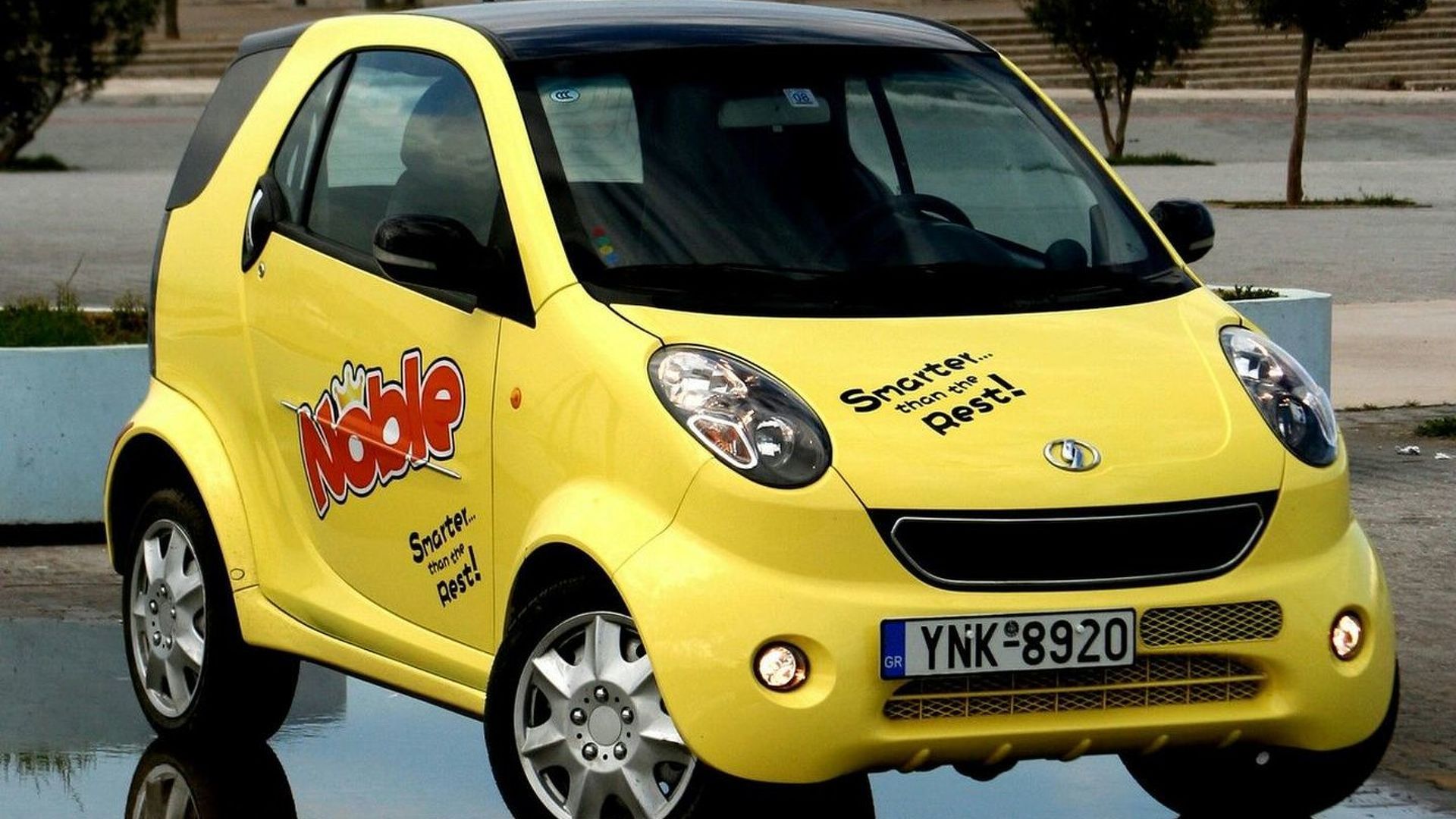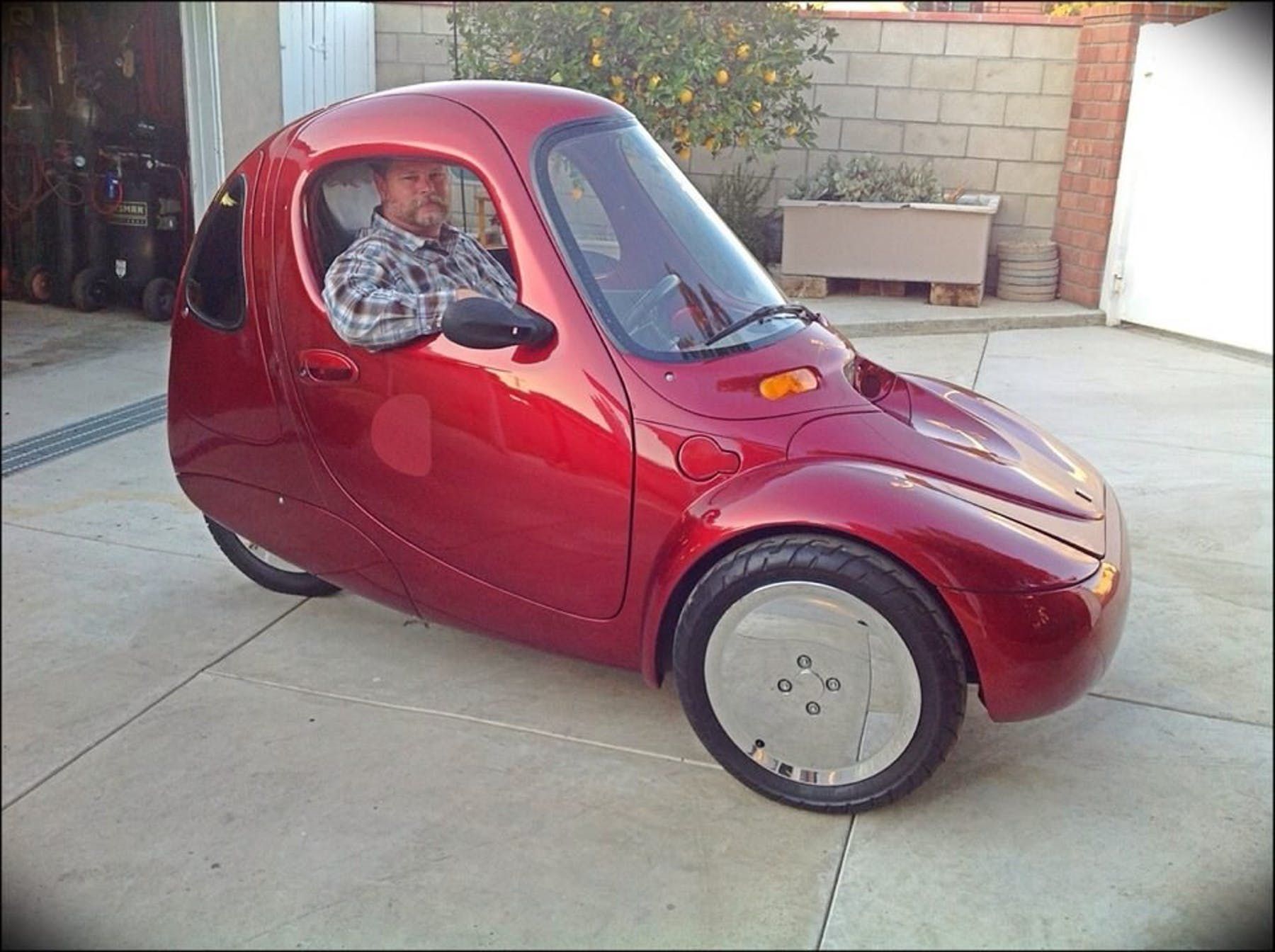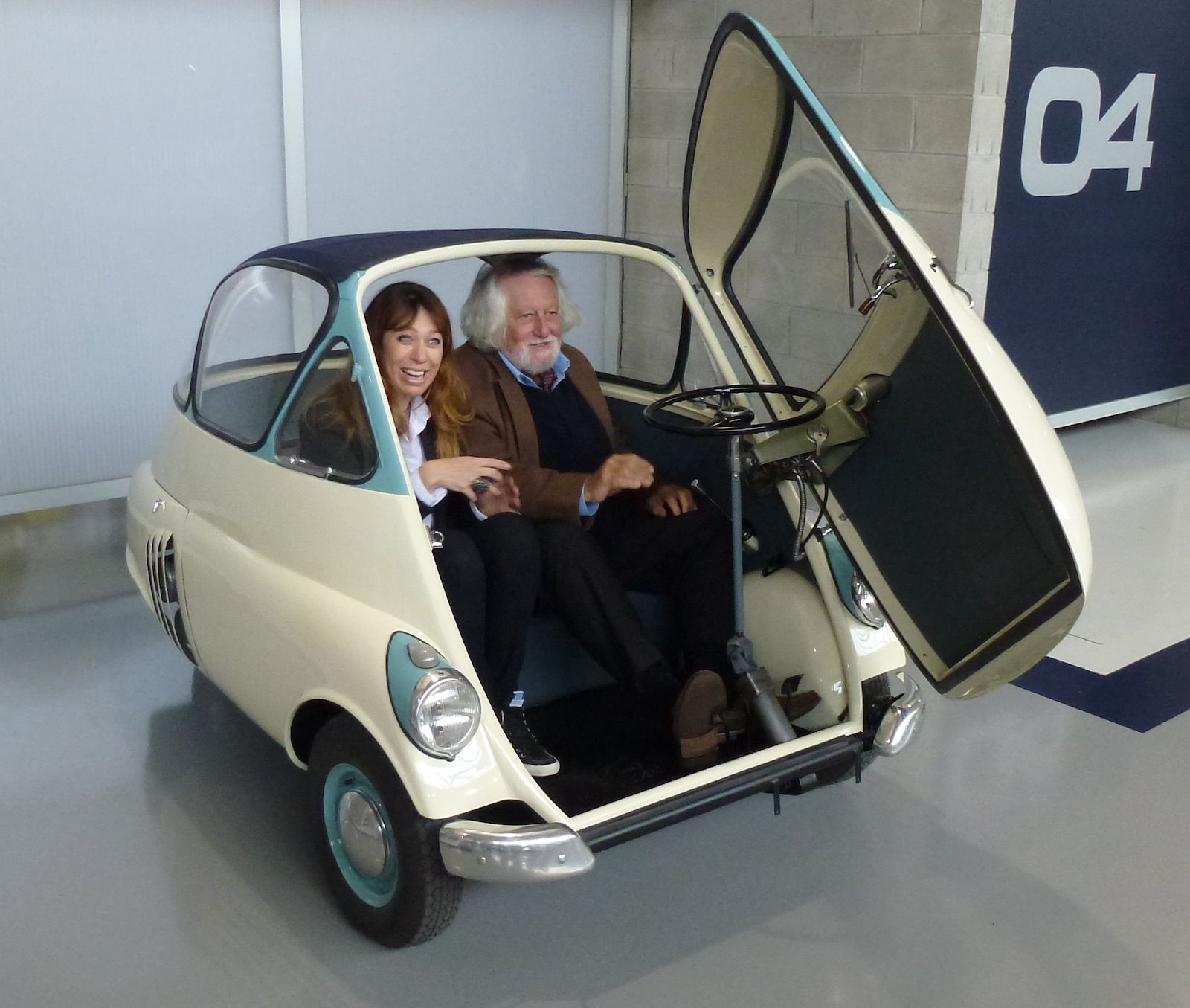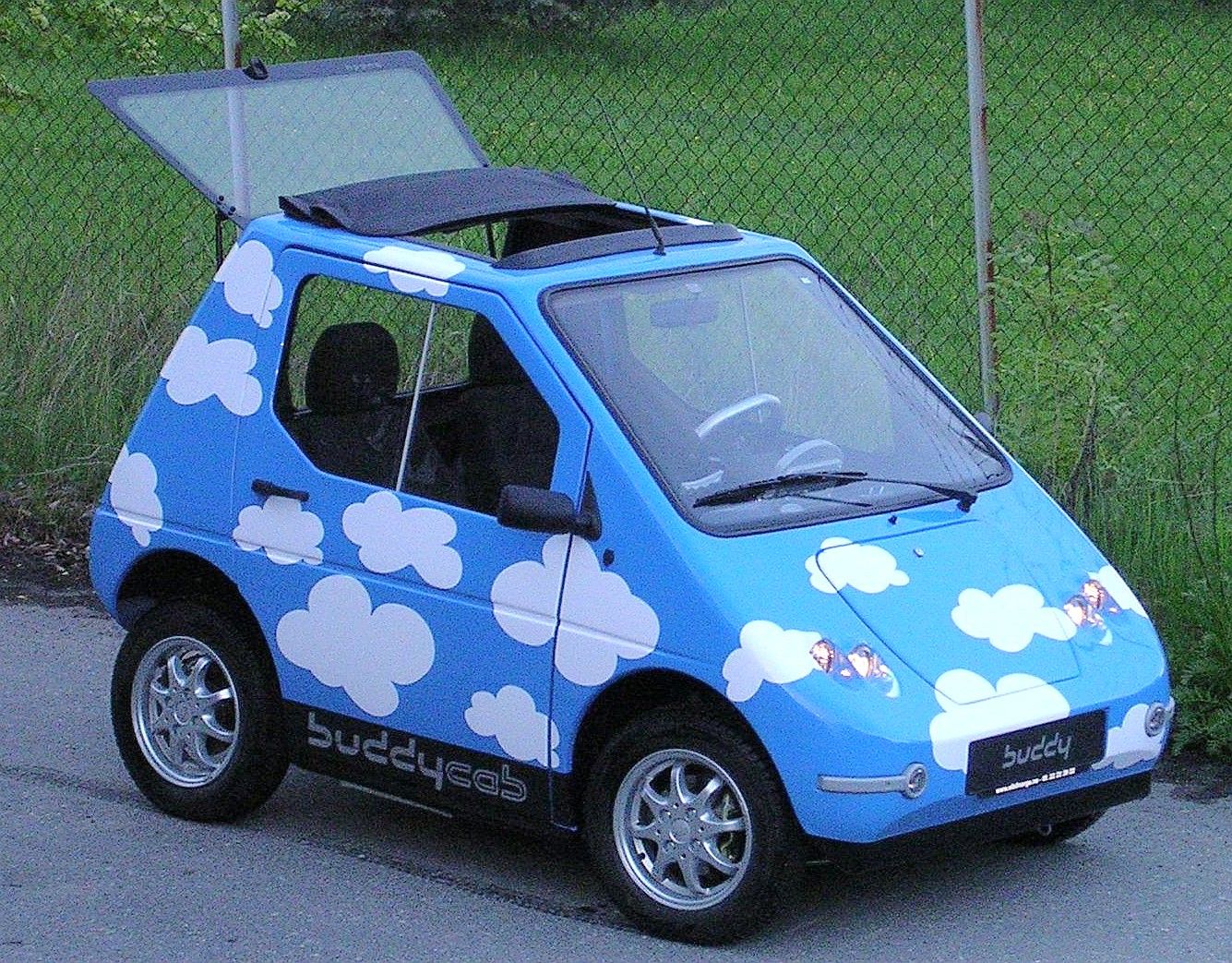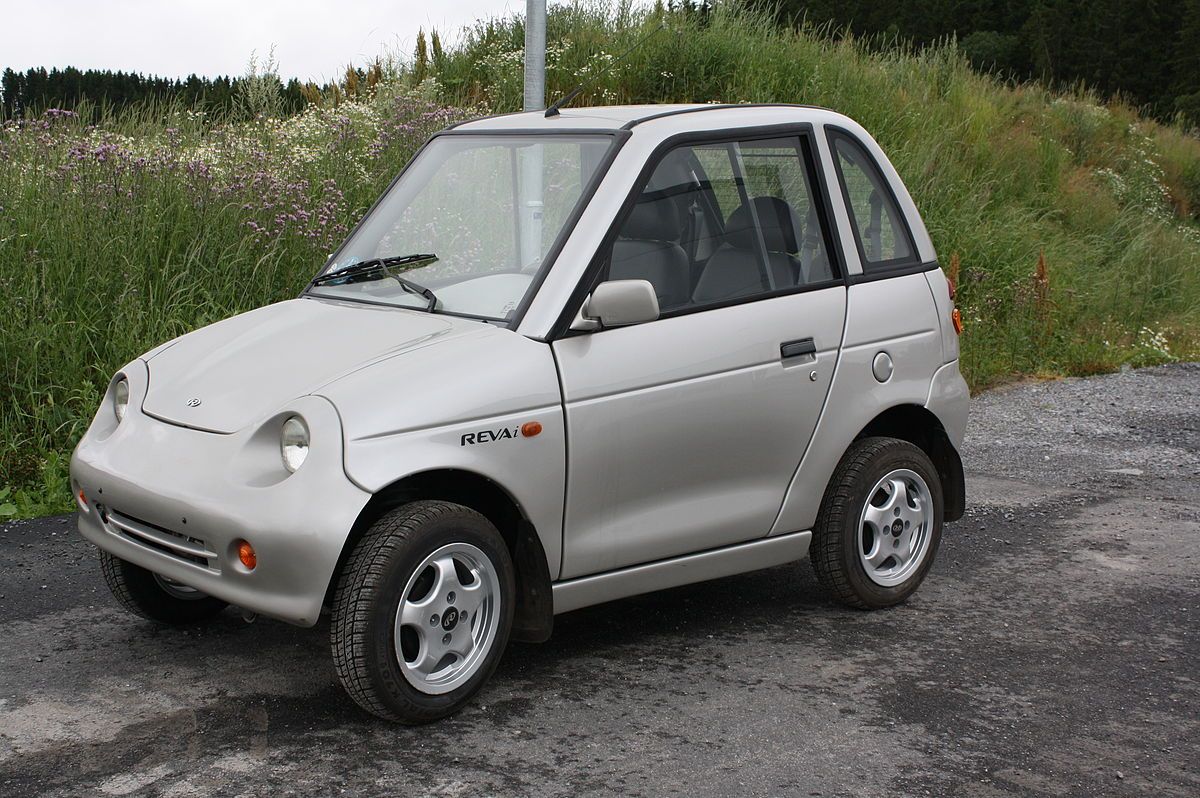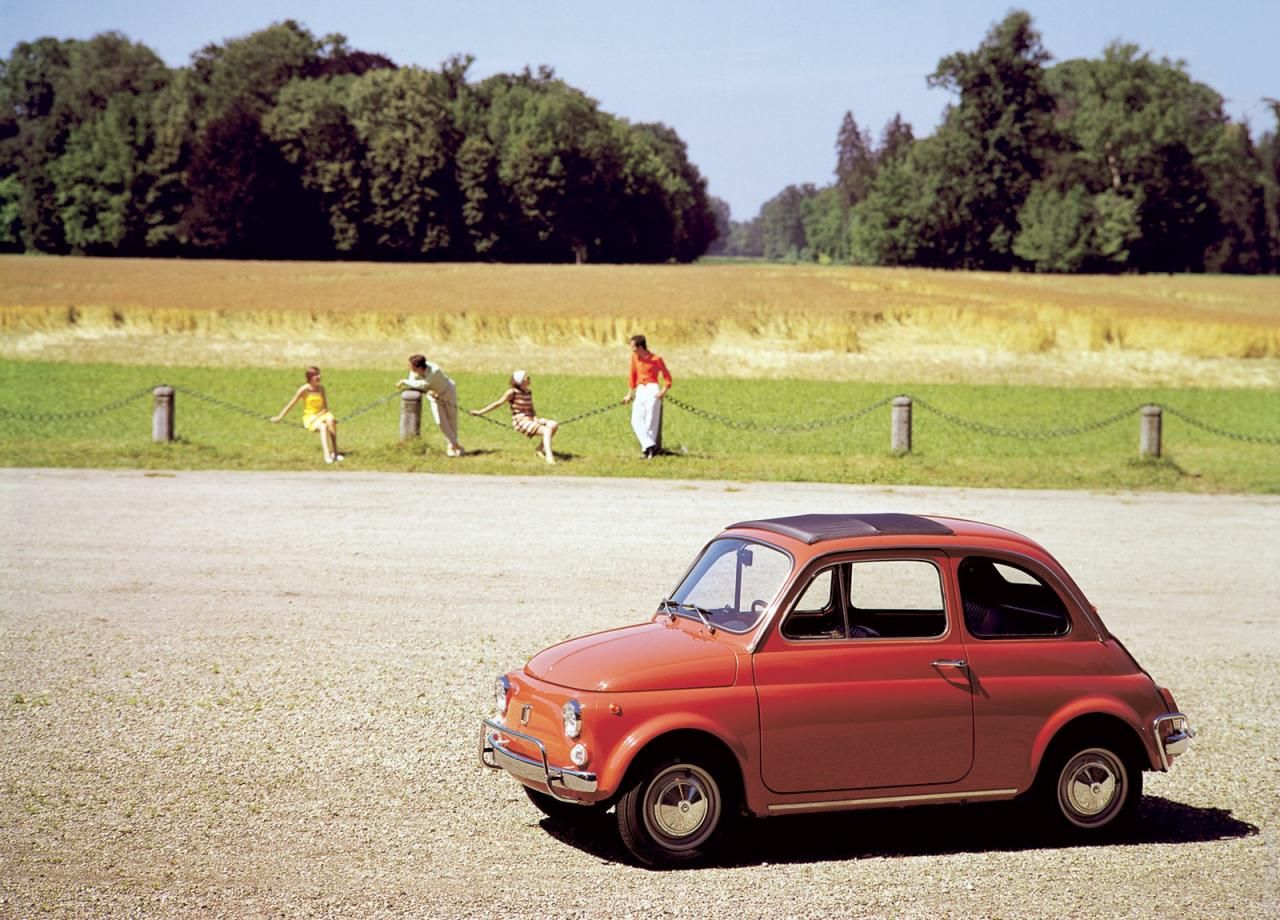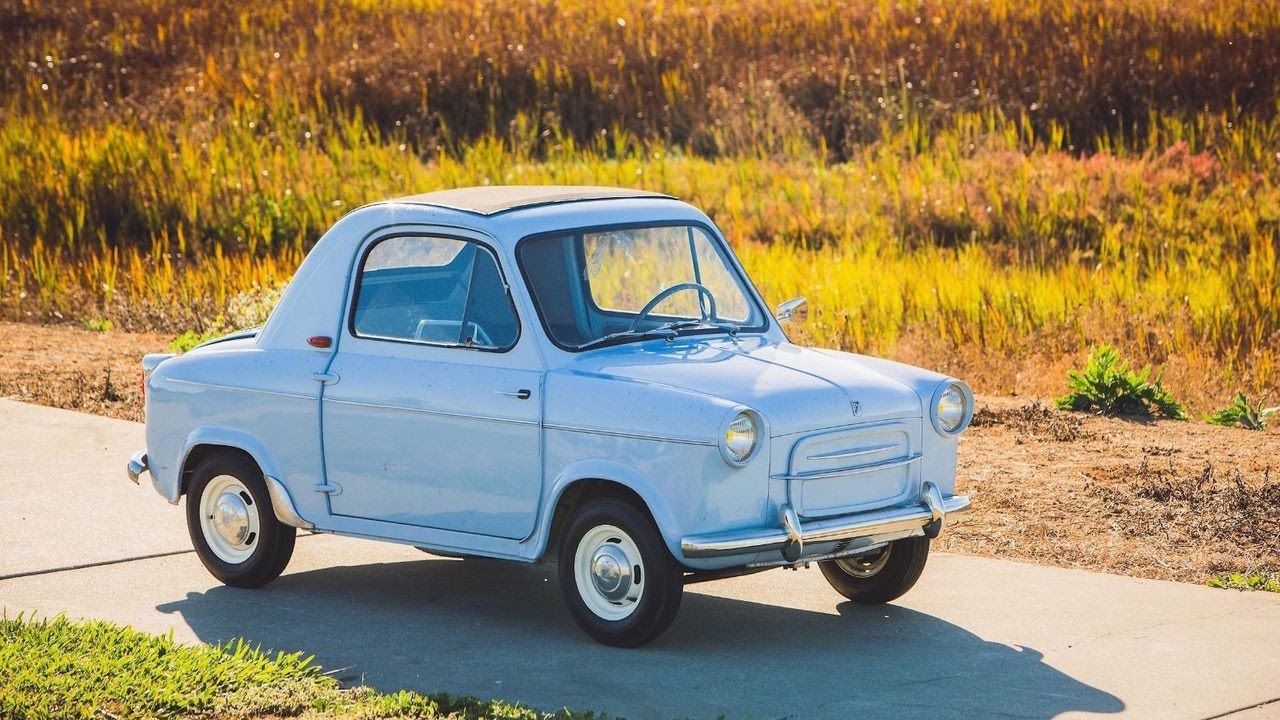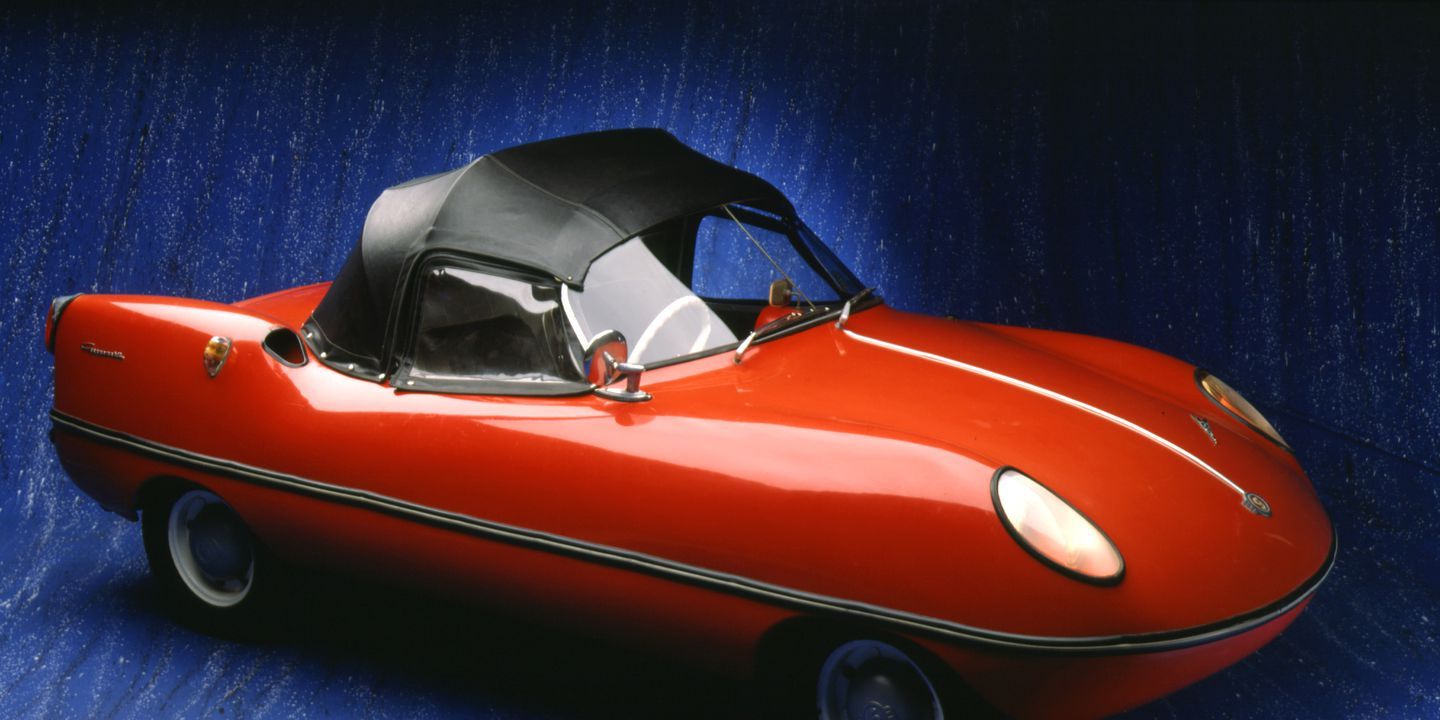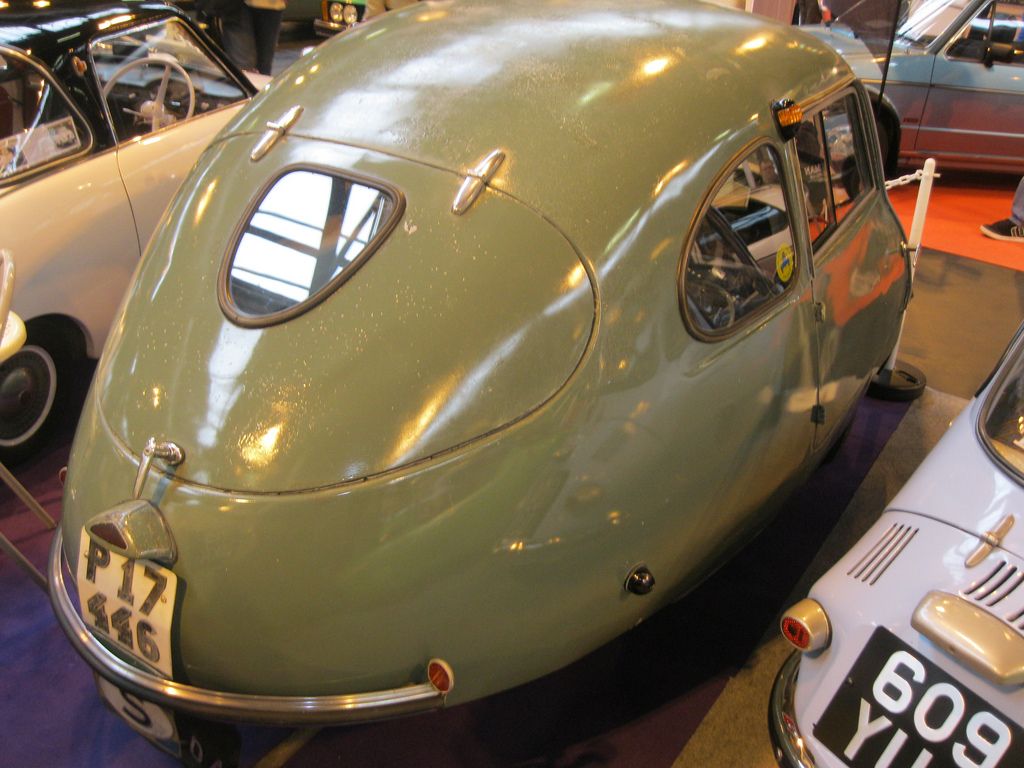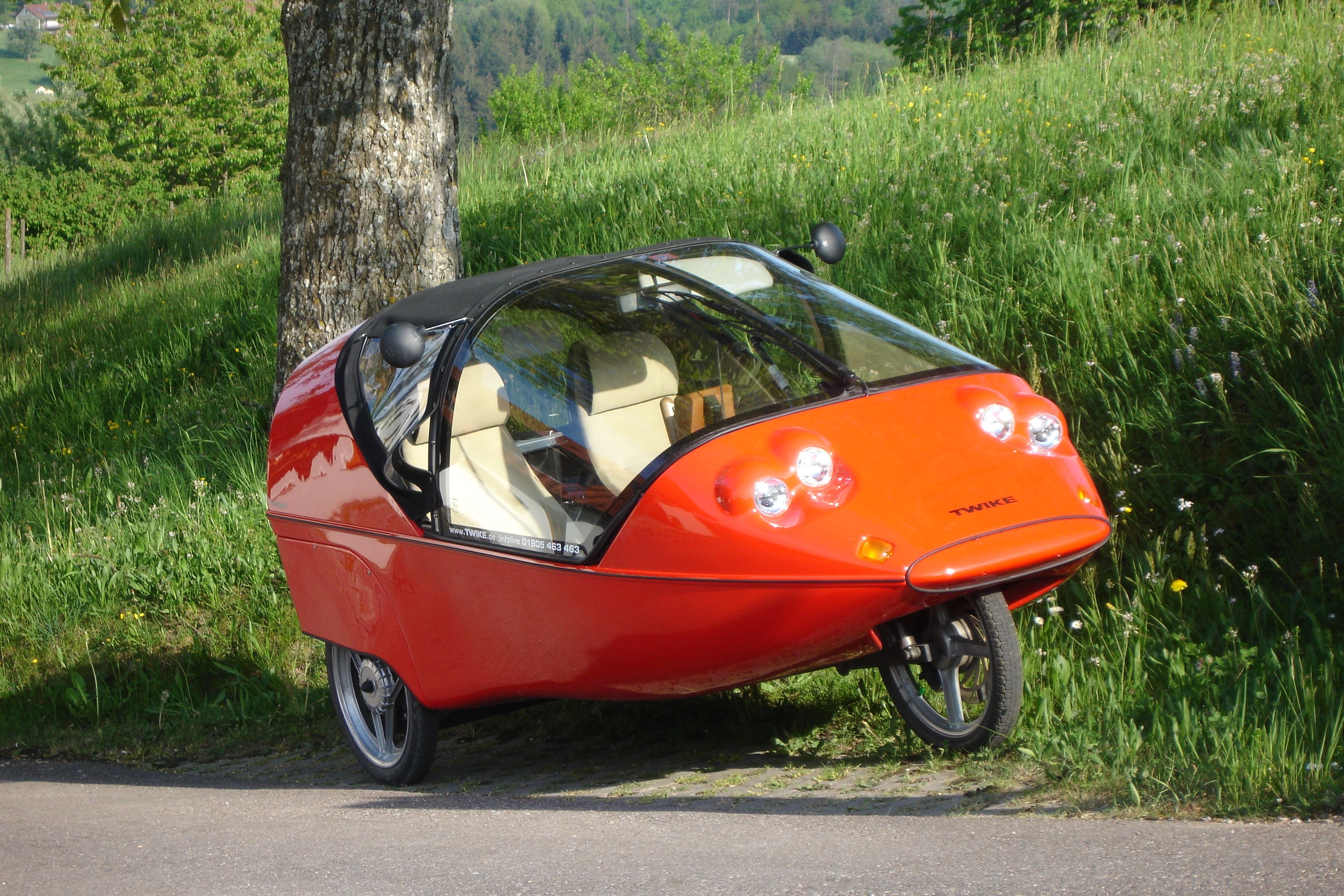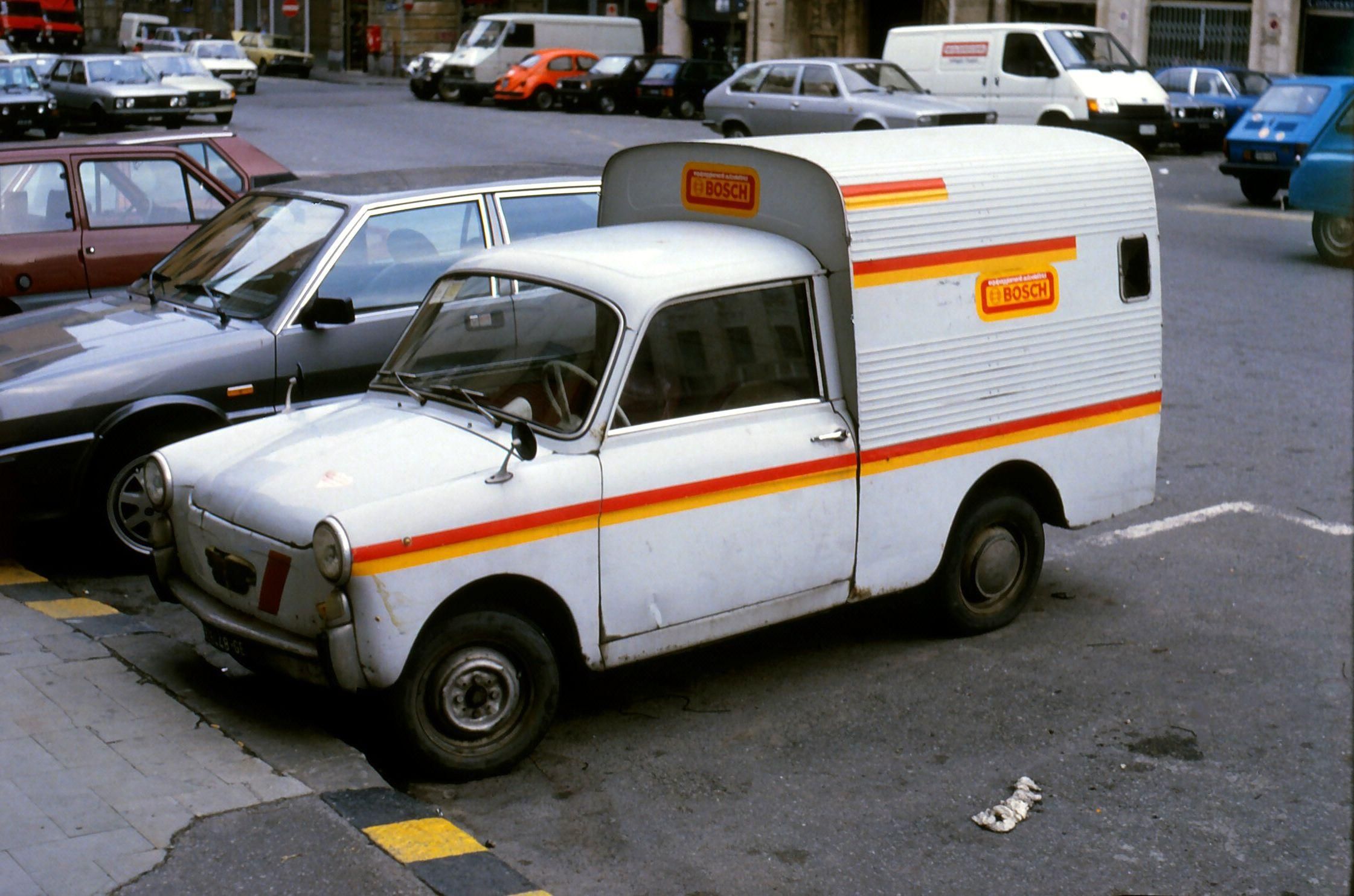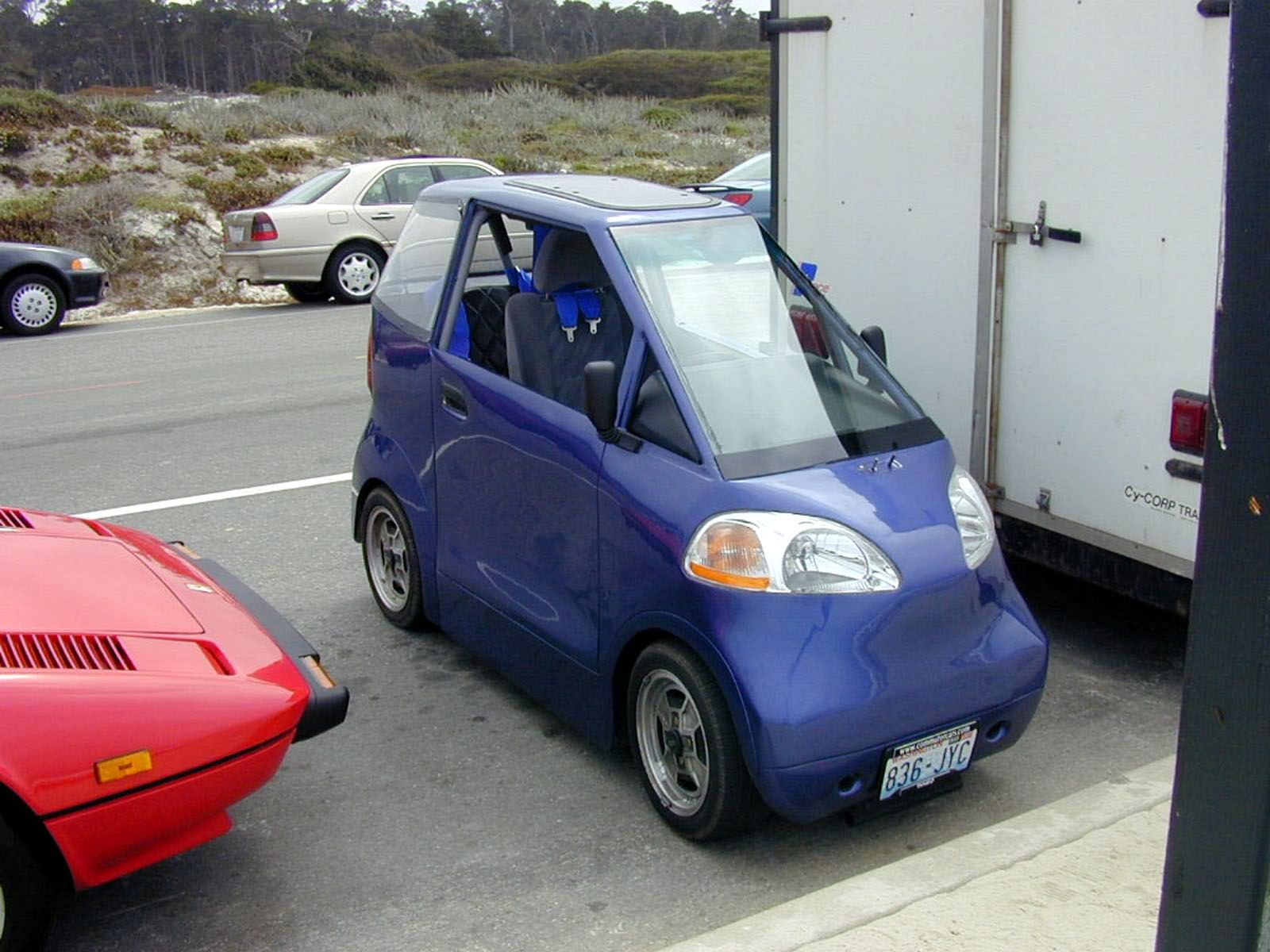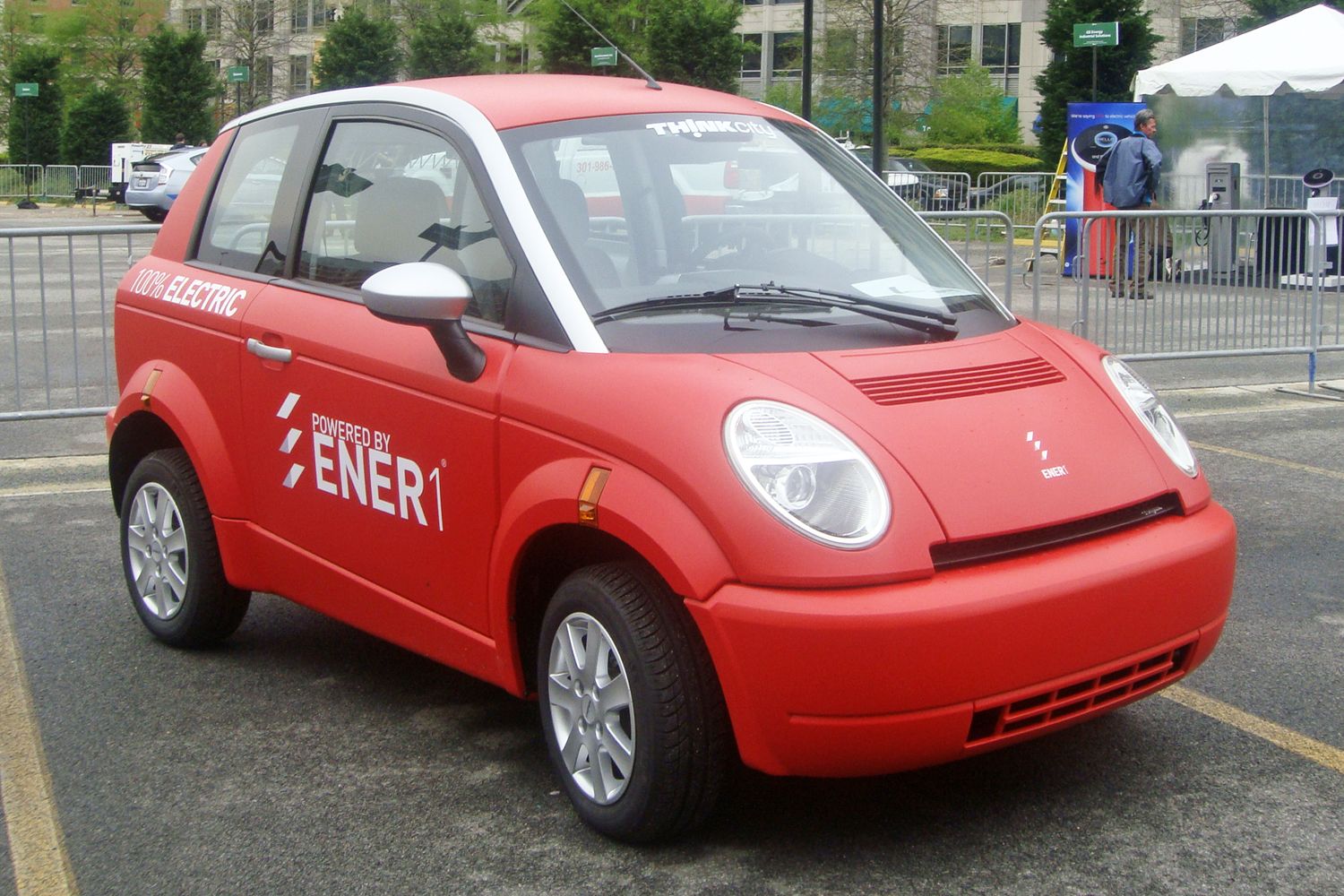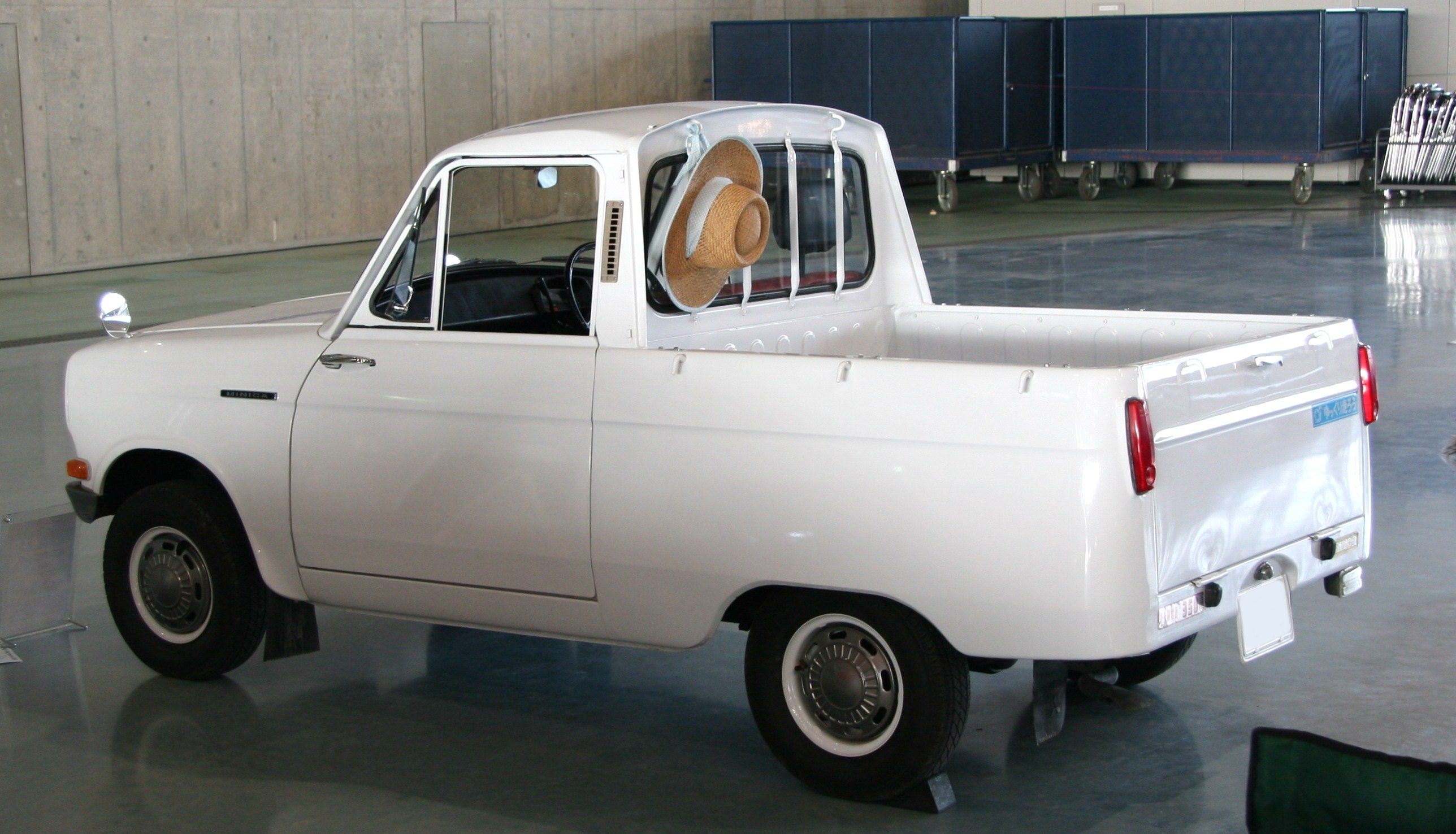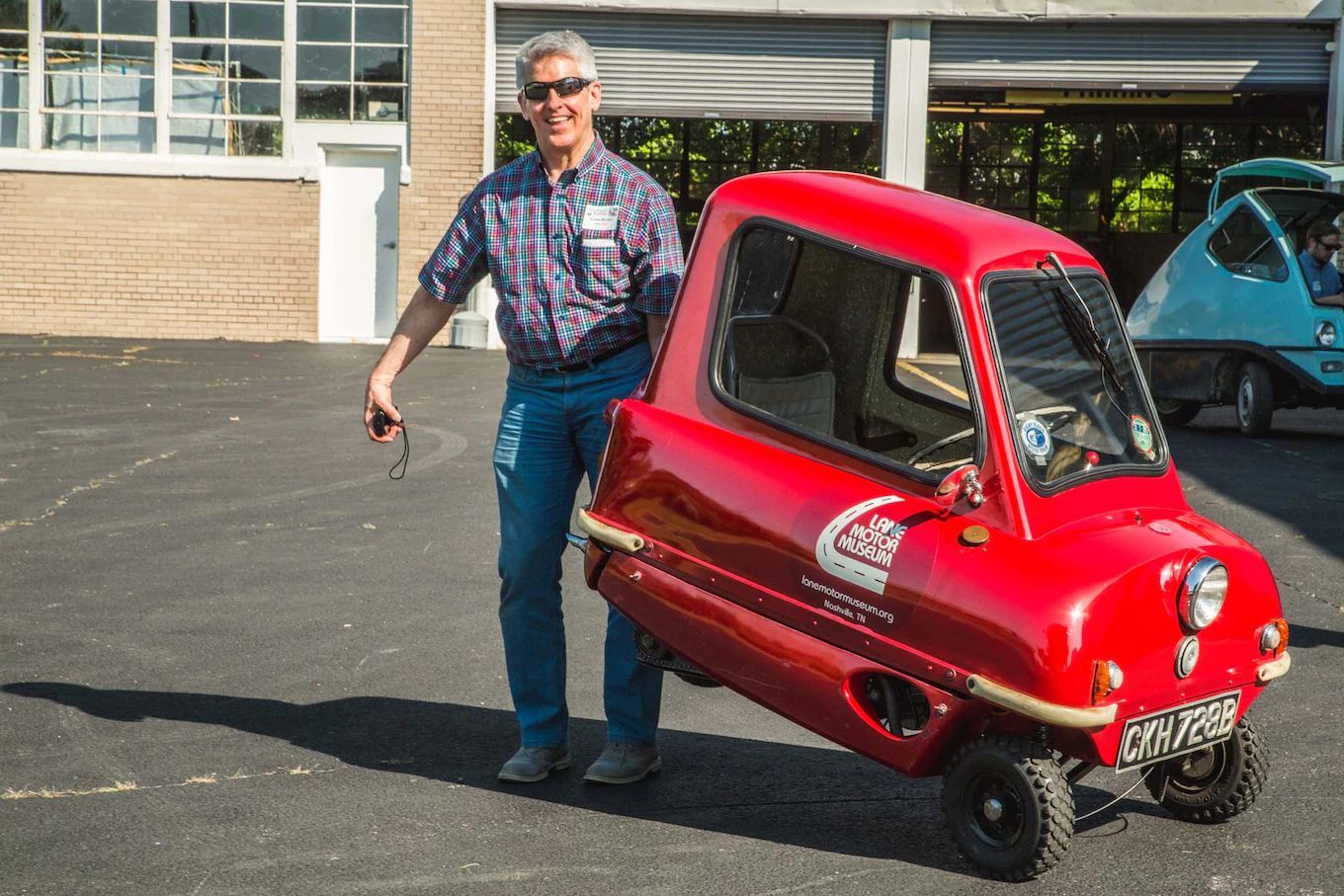Americans have one golden rule when it comes to vehicles, "the bigger, the better." That explains the history of the big block V8s that gave rise to the muscle cars, explaining why the best classic pony cars ever made are known to come with massive engines, and why the best-selling vehicles are pickup trucks and SUVs. While this rule might have enjoyed a long life, BMW's introduction of the new Mini Cooper in 2000 introduced a soft spot for tiny cars in America. Small cars like Smart Fortwo, BMW i3, and Fiat 500 are excellent choices for city driving. They make street maneuvering easy and are effortless to park too. However, as minute as these cars are, they are not the most miniature cars the world has ever seen.
Updated April 2022: The world continues to grow and flock with cars of all types. From huge SUVs and trucks to sports and supercars. While these are important segments in the car industry, there's one area that's often forgotten, the small car niche. These cars have been around from as early as the beginning of the auto industry itself, and they still rock the streets. First published in 2018, we've updated this list to show you some of the smallest cars ever built.
The vehicles featured here are rather extraordinary. Not necessarily for having remarkable speed or striking looks, but because some of these vehicles have exceptional efficiency and design. They are street-legal in one part of the world or another. And most importantly, they are tiny. Keep on reading as we unveil to you some of the tiniest cars the world has ever seen.
19 Smart Fortwo
Deriving a name from the combination of the two-parent corporations that birthed it—Swatch and Mercedes (Swatch Mercedes “ART”)—the Smart Fortwo is among the best small cars available in showrooms. The car is actually doing reasonably well in the market. By 2015, this micromachine had already sold over 1.7 million units in more than 46 countries.
Even at such a small size, the car can go over 60 mph and has a 0-60 acceleration time of 8.9 seconds in the most powerful engine version. Having been in the market for quite some time and going through several refreshes, the Smart Fortwo has grown to become a beautiful and practical car for city commuting. And even though Daimler pulled it from the American market in 2019, citing slow sales, the Smart Fortwo is still among the best small cars ever sold.
18 CityEl
The CityEl is one of the weirdest and most outrageous three-wheeled cars ever made. Originally, this lightweight electric car was designed and manufactured in Denmark, but its production shifted to Germany under Citycom GmbH. The CityEl features a boat-like shape from a distance, but the design of the opening is rather spaceship-like. The entire top half of the vehicle hinges upward to allow the driver to get in.
The car looks really not-so-serious from the outside, but once inside and the doors closed, the CityEl provides an experience far from an ordinary vehicle. The car is offered with an optional rear-facing child seat in the rear, making it a good vehicle for dropping off and picking up the child from school.
17 The Ford Ka
Despite being a Ford, the Ka is not available in the United States. The manufacturer believes American buyers would not buy any Ford smaller than the Fiesta. And although it might not look like it, the Ford Ka is smaller than the Mini Cooper in every aspect. Length, Height, and Width.
Although Ford started building the Ka as a compact car in 2016, the first Ka that premiered in 1996 was quite small. Built between 1996 and 2016 as a small city car, the Ford Ka was widely considered the modern-day VW Beetle. Despite the increasingly stringent emissions and safety legislation, the Ka is a strong player in the European small car market.
16 Renault Twizy
The open-wheel concept in the Renault Twizy is a bit odd. This is a standard design of F1 cars, and it looks a bit out of shape in this car. Open wheeled cars are athletic, ultra-fast, and long-bodied. None of those traits is present in this microcar. But that’s not what matters here; it’s the smallness that matters, which this car excels at.
Additionally, besides the open wheels, the car looks pretty dramatic from various angles. Take the rear, for example. It looks all angry and mean, and it comes with scissor doors. These features made it the small car of choice in 2012 when it became the top-selling car in its category in Europe.
15 Shuanghuan Noble
The Shuanghuan Noble looks quite similar to Daimler's Smart Fortwo. That is because the car was kind of a knockoff. The cars were identical to the extent that Daimler sued the Chinese automaker Shuanghuan over alleged Smart ForTwo knockoffs.
However, in as much as these two looked pretty much similar, they were different in many aspects. First, the Chinese version can seat four, not two passengers. Second, the engine in the Noble is in the front, not the back. Daimler protested everywhere, including in Italy and Greece, but to no avail. A Greek judge allowed the car to enter the market, stating: “… It is commonly accepted that the decision of buying a new car cannot be based only on the exterior characteristics but many other technical specifications such as the power of the engine, fuel consumption, trim specification, retail price and dealers’ network.”
14 Corbin Sparrow Jelly Bean
The Corbin Sparrow Jelly Bean has only one door and seats only one. The interior is packed as a busy Beijing street; inches start to matter, particularly for tall or big drivers. However, it is quite fun to drive this Jelly bean. Its Handling is one of the things a car enthusiast would strive to experience. Plus, it can reach speeds up to 75 mph, except that it might topple.
The car has a decent height and tiny wheels, enough to turn a thrilling drive into a terrifying ordeal when it comes to a sharp turn. It's not one of the safest.
13 Iso (BMW) Isetta
This is likely the strangest BMW you have ever seen. BMW made this microcar between 1955 and 1962. It was developed by an Italian company, Iso Rivolta, that initially created products like scooters and refrigerators. The company itched for a car and came up with a unique vehicle, the Isetta.
The Isetta had only one door and, unlike ordinary cars, its door was on the front face of the car. Opening the car revealed that the steering wheel was tethered to the door, so the steering wheel moved with the door. Powering this micromachine was a 236 cc 2-stroke engine with only 13 horsepower. But the Isetta was no joke, in fact, it was the world’s first mass-produced car capable of 78 mpg, which helped make it the top-selling one-cylinder car globally.
12 Buddy
Yes, that’s the full name of the car, Buddy. It’s made by a company in Norway and has been in production since 1991. The electric car ranges about 12 to 37 miles, depending on the season and driving style. Unlike many other cars here, this one has two outstanding features. One, it has a bench seat, and two, it was famous for coming in bright colors.
The car could drive up to 50 mph, and, including the driver, it could fit three grown people. One more exciting thing about the bright colors is that they could come with decorative designs. It couldn't be surprising to see a factory car brimming with hearts, clouds, or flowers.
11 REVAi
The REVAi, introduced by the Indian manufacturer REVA Electric Car Company in 2001, is a tiny three-door hatchback measuring 2.6 m long, 1.3 m wide, and 1.5 m high. Also known as G-Wiz in the UK, the REVAi was available in 26 countries and had sold over 4,000 units by March 2011.
Although it looks pretty odd, much like the SUV of the microcar segment, the REVAi offers more to the design than many of the cars featured here. The shape is oddly satisfying, surprising considering it was made in India, a country not exactly known for producing cars, let alone good vehicles. It’s an extremely cheap vehicle, with the primary market being India and then the UK.
10 Original Fiat 500
By today’s standard, the new Fiat 500s are small, especially compared to the behemoths like Ford Excursions. But then there's the original 500s—the 1957 Fiat 500, which make the current models look like heavy-duty full-size SUVs. This car was produced to feed the post-WWII market. There was a global boom in the economy, as almost all the major countries had a high demand for vehicles but low supplies.
Despite its small size, it proved to be a successful car, mainly due to its practicality. It was fun and cheap and had head-turning styling cues. Its fuel efficiency was excellent, and it handled like a pro. There were other variants, including a station wagon. And also the sports version produced by Abarth. Essentially, the car became a hit and continues to have a fair share in the market since its launch in 1957.
9 Piaggio Vespa 400
These were really small cars that somewhat resembled a “car.” They were designed by the Italian car manufacturer, ACMA, also known as “Ateliers de Construction de Motocycles et D'Automobiles.” One notable thing about this company is that it used to produce scooters. The company started with small numbers of scooters early in the day; 1951 started with 20 workers making 200 scooters. Two years later, the hundred-thousandth scooter left the factory.
Growth was just like a species that found a new habitat with abundant resources and a lack of predators; it was exponential. Six years after its launch, the company started producing microcars such as the Vespa 400. Although they were much bigger than some cars featured in this list, the Vespa 400 was powered by a small engine that produced only 12 horsepower.
8 Goggomobil Dart
First of all, the name is a bit cheesy. Broken down, it essentially says “go-go-mobil.” From its exterior appearance, this Australian-made microcar looked pretty big until it parked beside an actual vehicle. That's when it became a tiny car. From the inside, the car was huge. It was spacious enough to ensure that the elbows of the passengers were not touching.
The gauge cluster consisted of just one circle, although that could have been due to the era during which these cars were produced. There were a couple of other buttons and toggle switches, which made the Dart look like ordinary cars.
7 Fuldamobil
Here’s another German invention. While BMW and Mercedes were producing their cars, “Elektromaschinenbau Fulda GmbH” was making the Fuldamobils. Perhaps it’s just the bulky and lagging exterior, but the car seems to have tiny wheels. These were the first cars to have a negative scrub radius, a significant safety advancement in the auto industry.
Despite how the people back then may have received the vehicle, it did get that safety feature right. Plus, this car gave rise to the term “bubble car,” which is basically a label for small and economical microcars. One thing to note is that the car’s rear looks like the front of the Chrysler PT Cruiser.
6 Twike
The name “Twike” is a contraction of the words “twin” and “bike.” These vehicles had an exciting history. Like the hybrid vehicles that combine an internal combustion engine with electric motors, the Twike integrated electric motor with human force. Interesting. This meant the car had both an engine and pedals. While these vehicles emerged in the European market in the late 1980s, this would be a highly appreciated concept in the modern auto market, with a few safety upgrades.
It would have been a multipurpose vehicle. Executives could use this as workout equipment in the morning to the office and use the electric motor to drive back home in the evening. Exercising and reaching work at the same time. That's a win. The early versions of these didn’t have a heating system in them, expecting drivers to pedal and generate body heat.
5 Autobianchi Furgoncino
Autobianchi was an Italian auto manufacturer that produced mini cars. The company used to create the Bianchina, a lookalike of the Fiat 500. The above picture represents one configuration of the Bianchina, a van. There were several other configurations available—a sedan, roadster, convertible and station wagon, all of which are interesting in their own rights.
The van, however, was the most interesting of these miniature cars. Generally, when thinking of a van, a big, monstrous vehicle always comes to mind, which is the complete opposite of this Autobianchi Furgoncino van. With this tiny, miniature van, all senses are distorted. What did people even do with these? Haul two plastic toy cars? Not only was the car small and impractical, but its engine would have limited the “hauling capacity."
4 Commuter Cars Tango
Here's a micro sports car that costs way above every vehicle featured here. At $108,000, the Commuter Cars Tango was a quirky and quick automobile that sat two people. The passenger sat right behind the driver, much like a motorcycle, but with fours wheels and a roof.
Despite what its narrow design would have people believe, this car had some serious owners. American actor and filmmaker George Clooney took delivery of the first Tango in 2005, which was a major milestone for the manufacturer. The actor not only drove the microcar but also appeared in the media and promoted it. The second owner got his car as part of the April Fools’ Day. It was found in the office of the Google CEO, Eric Schmidt, on the second floor. The car has also been brought up in several pop culture outlets.
3 Think City
The name gives away what the car was meant for, hopefully. It was an electric city car from the Norwegian auto manufacturer, Think Global. It had a decent top speed of 68 mph and a range of 99 miles on a full battery. While all the vehicles listed here are street-legal, the Think City was one of the only five small vehicles in 2011 that were also highway-legal. The other four were the Tesla Roadster, Mitsubishi i-MiEV, Nissan Leaf, and Smart ED.
The production run was short-lived - from 2008 to 2011 in Europe and 2010 to 2012 in the United States. The biggest reason for failure was that the company kept filing for bankruptcy; it had declared bankruptcy four times in two decades.
2 Mitsubishi 360
Much like the small Autobianchi van above, here’s a benign pickup. First off, the car looks old-fashioned. The mirrors are on the hood, a hallmark of the cars of the 1960s. But that's okay because these things were produced in the 1960s. It was a front-engine, rear-wheel-drive vehicle.
That configuration must have been enjoyable for drivers. It was a tiny pickup, so there was not much weight that could be loaded in the back, meaning the front wheels wouldn’t start floating in the air. This is one of the smallest pickup trucks ever built.
1 Peel P50
The P50 was produced in two different eras. One in the 1960s and the other from 2010. It’s a one-door coupe that delivers 3.15 horses on average, depending on the model. In the older P50s, the car came with a small engine, less than 500cc, that sat right inside the cabin.
While the car is city-legal in the UK, it does not have reverse gear. So, how does it reverse? The driver gets out, slightly lifts the car from the rear, and rolls it like a suitcase.

